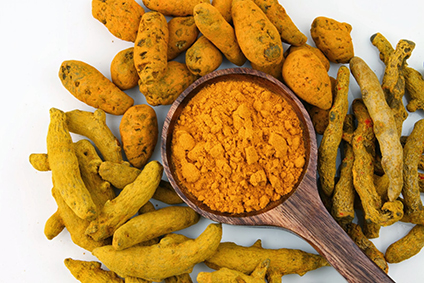[vc_row][vc_column][vc_single_image image=”1809″ img_size=”large” alignment=”center”][vc_column_text]In the last 10 years or so, Clinical Pilates has made its way into the lives of thousands of people, from those who want to keep fit or begin a safe fitness regime, to those who have undergone surgery or who are undertaking rehabilitation to best manage their medical conditions or injuries.
Clinical Pilates is a system of safe and effective exercises which meet your specific individual needs, when tailored by your Physiotherapist. It focuses on building strength in your deeper layer of abdominal muscles, your deep supportive spinal muscles and your hip/pelvic musculature. All of which improve your core strength, balance and stability. Building a strong core foundation will allow your body to function at a higher capacity, improve your posture and reduce the incidence of pain and injury.[/vc_column_text][vc_single_image image=”1984″ img_size=”large” alignment=”center”][vc_column_text]Clinical Pilates is also used by elite athletes of all disciplines, including dancers to improve essential movement patterns and enhance fitness and performance, as well as assisting with injury prevention. By working into your body’s preferred movement, Clinical Pilates improves your mobility, stability, balance, posture and overall function.
Now that we know Clinical Pilates can meet the needs of all individuals, here are some of the main benefits as recognised in the field of research:
- Tones Muscles
- Increases bone density
- Improves your mobility
- Improves balance reaction times
- Improves the quality of movement, agility and flexibility
- Prevents injury
- Helps to resolve spinal pain or limb pain
- Improves core stability and pelvic floor function.
[/vc_column_text][vc_single_image image=”1978″ img_size=”large” alignment=”center”][vc_column_text]Tones Muscles & Increases bone density
Each exercise is working against the resistance of springs or body weight, thereby stimulating the production of cells to produce more bone in response to the controlled stressed placed on the skeleton.
Improves your mobility
Our walking and physical function are determined by our body’s ability to recruit our muscles in a specific, refined and efficient manner. When we are reinforcing better muscle recruitment patterns, our body will be move more efficiently allowing greater mobility when walking, running, swimming or in any physical activity.
Improves the quality of movement, balance, agility and flexibility
There are exercises in Clinical Pilates that have different focuses, while still engaging the core muscles. There are dynamic movements to test and train your reflexes that will translate to improved reaction times, therefore assisting your balance and agility. Other exercises work specific muscle groups to the end of range thereby improving your flexibility. Finally, by controlling the motion, Clinical Pilates can fine tune the muscles to recruit in an optimised pattern.[/vc_column_text][vc_single_image image=”1980″ img_size=”large” alignment=”center”][vc_column_text]Injury Prevention
Clinical Pilates helps to resolve muscle imbalances that we may have by exercising in a balanced manner, thereby reducing the risk of injury to the body. With better use of core muscles to stabilise the trunk, our limbs have a more stable platform from which to operate and therefore reducing the risk of peripheral injury.
Resolution of Spinal and limb pain
A lot of spinal pain is attributed to the “bracing” or excessive contractions of our spinal muscles, thereby compressing the structures that are injured, inflammed and swollen, thereby causing increased pain. With better control of muscles around the trunk and pelvis and with more normal activation of muscles around these structures, we can eliminate pain from the spine.
Clinical Pilates is also used to rehabilitate the limbs, helping to tone and strengthen and therefore aid in the recovery of pain and injury.
Improved core stability and pelvic floor function
The technique used to engage the core muscles during the movement of Clinical Pilates also engages the pelvic floor muscles. The regular recruitment of these muscles enables them to strengthen. Each exercise repeatedly targets the contraction of specific muscle groups and therefore tones the muscles that are recruited in the exercises.
In summary, there are many benefits in the use of Clinical Pilates for your body. For more information, speak with your treating Physiotherapist today.[/vc_column_text][vc_single_image image=”1977″ img_size=”large” alignment=”center”][vc_column_text]About The Author: Sophie is a Physiotherapist from Drysdale in Victoria. She owns and operates the clinic Fresh Start Physiotherapy.
[/vc_column_text][/vc_column][/vc_row][vc_row][vc_column][/vc_column][/vc_row]



